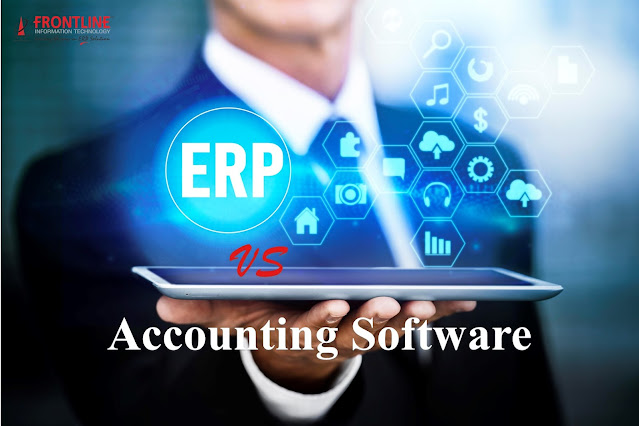Assessing ERP System Usability
An ERP project will succeed or fail based on a number of
criteria, not the least of which is the system’s usability. Today’s end-users
are accustomed to intuitive, easy to-use interfaces akin to what they
experience when using technology in their daily lives. Whether it is an app on
their tablet to buy concert tickets or a touch screen on their PC, today’s
end-users live in a world where the user interface is clean, simple and
intuitive.
Unfortunately, there are still many ERP systems out
there that are not designed with the end-user in mind. Instead, they look
dated, often requiring multiple entry and data points to process information
and build out dashboards. A poor interface dramatically impacts end-user buy-in,
usage and adoption. In some cases, poor and overly complex user interfaces
drive users to not only resist the changes but outright revolt and revert back
to workarounds and manual processes.
We are often asked about the usability of a system and if it is
similar to using Outlook with its folders and icons – in other words, is it
user-friendly.
Following are four questions to ask your ERP
vendor or ERP consultant regarding usability:
· How easy will it be to navigate the system via the user
interface? Usability also relates to how well the software fits your
business operations and vice versa.
· Are your business processes easily executed in the system?
· Can your employees perform their basic job functions without the
software inhibiting their day-to-day responsibilities?
·
Does the software allow the company to seamlessly, efficiently
and effectively run its operations?
If
the answer to all of these questions is “yes,” then the ERP system has a high
usability factor. If any of the answers are “no,” then the problem is probably
related to a misalignment between the software and the business operations.
Other usability issues stem from changes in the enterprise over time, such as
mergers and acquisitions, growth, international expansion, new regulations and
a host of internal and external drivers of change.
Unfortunately,
most ERP systems fail to keep up with these changes, creating a misalignment
over time. In many cases, this misalignment is attributed to the software
itself rather than a failure to allow the technology to keep up with the
business.
So
how can an organization avoid the pitfalls of poor usability? Here are three
tips to proactively stay ahead of this particular challenge:
1. Ensure initial ERP system usability. When you are
evaluating potential ERP systems, you must ensure that you have clearly defined
what employees will need to do with the system. In other words, specifically
how the business processes need to look and how the software needs to support
the business. It may sound elementary, but we see far too many organizations
gloss over this important step to achieve ERP usability.
2. Train the system to be usable. That is not a typo –
the system needs to be trained to be usable. Once business processes are
clearly defined, the system needs to be designed and configured to run the
business. Far too many companies assume that they’ll just flip the switch and
the software’s “best practices” and “industry pre-configurations” will
magically get the job done. Make no mistake – unless you are a start-up or a
very simple organization, this approach is a recipe for disaster. You’ll want
to ensure that your processes define how the software will be used as today’s
enterprise solutions are far too flexible to rely solely on best practices.
3. Assess ERP software usability along the way. Employees not only need
to be trained on your organization’s specific business processes and shown how
the system will support these processes, but both your staff and your
processes need to be assessed prior to and periodically after go-live. This
will help identify and address misalignments over time. As the business
changes, the software needs to change as well. Ongoing organizational
assessments to evaluate the usability of the system are the only way to help
the software to keep up with your business.
Focusing
on employee and operational usability is the key to ERP success. It is also the
key to ensure that the software and the business stay in-sync as the company
evolves over time. Not only does this exponentially increase potential business
benefits, but it also results in a much longer lifespan for your ERP system.
Most of our clients replace their ERP systems after ten to 12 years, but they
would not necessarily need to if they maintained this level of operational and
technical alignment over time. ERP usability is a multi-million dollar
proposition for most organizations.




Comments
Post a Comment